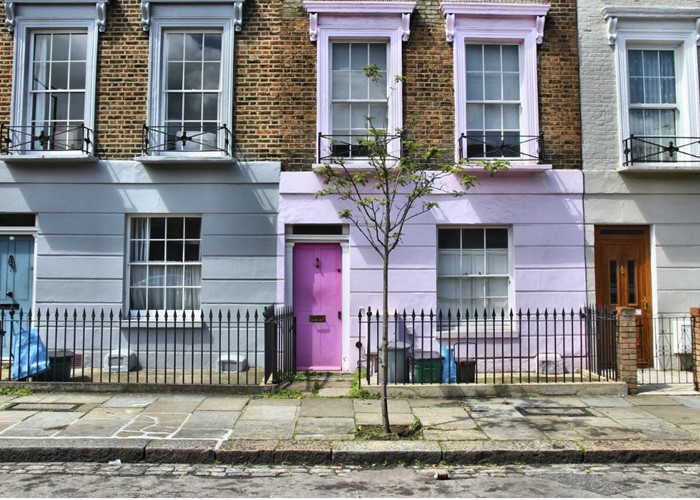Regional cities see stronger house price growth than central London

House price growth decelerating in prime areas.
Regional cities are seeing stronger growth than prime central London for the first time in a decade.
That's according to the latest Hometrack UK Cities House Price Index, which found that 12 of the nation's largest regional cities have registered higher year-on-year price rises than central London.
Central London vs the UK
The infamously expensive boroughs of Kensington & Chelsea and Hammersmith & Fulham saw property prices rise 3.4% and 5.1% respectively over the last twelve months. The prospect of a mansion tax possibly being imposed after the General Election could be dampening enthusiasm at the more expensive end of the market.
Prices in these neighbourhoods have risen by over 80% since 2009, so although these growth percentages seem modest, they are still significant gains in actual value. Rightmove figures suggest that the average price of a terraced property in Kensington & Chelsea was £4,311,972 in 2014, and there's no indication that's going to come down any time soon.
At the same time as these exclusive areas' prices are slowing down in terms of growth, Glasgow, Manchester and Leeds have seen significant price rises of 7.6%, 6.8% and 6.6% over the last twelve months. In percentage terms, they're all outperforming London's most expensive locales.
Moving home? Compare the best mortgage rates with loveMONEY
Picking up speed in 2015
The cities that experienced the strongest pick up in house price growth during the first quarter of 2015 were Newcastle (2.7%), Sheffield (2.7%), Manchester (3.0%), Leeds (3.3%) and Glasgow (4.8%). Richard Donnell, Director of Research at Hometrack, said that regional cities are starting to catch up. Average prices, he says, are still well below the highs of 2007, with the benefits of economic growth now filtering through, which is giving buyers greater confidence.
He highlighted that Hometrack's last survey reported that these cities have seen a 15% to 30% uplift in turnover, which tends to precede house price inflation. By contrast, in London values are almost 60% above their 2007 peak and affordability levels are stretched.
London boroughs still seeing big growth
However, it was London boroughs that still registered the highest rates of change, with Newham (14.2%), Barking & Dagenham (12.5%), Greenwich (12.4%) and Croydon (12.1%) topping the chart.
Despite the quickening pace of the housing market elsewhere, London as a whole is still well ahead of the rest of the UK. “House price growth is holding up better than expected as a result of a lack of new supply of homes for sale and record low mortgage rates attracting buyers into the market,” explained Donnell.
Highlighting that overall year-on-year growth in London was still running at double digits (11.8%) when the whole city is taken into account, he added that the pattern currently observed in regional cities is similar to that of London from 2011 to 2013, with price acceleration ramping up. However, the majority of demand for housing in regional cities is from domestic owner occupiers, not international buyers or excess investor demand.
This has kept the level of growth elsewhere in the UK reined in. As a result London as a whole is only being outstripped in year-on-year growth by Oxford, which has seen house prices increase by 13.4% over the last 12 months. The average property price in Oxford is £373,100, which is still some way below the current London average of £417,500.
What's next for house prices?
Looking at the bigger picture, UK house prices have grown by 7.3% in the last year according to the Hometrack index, with an average growth in the first quarter of 2015 of 0.8%. Since 2009, house prices have risen by 20.6%.
Donnell suggested that previous cycles indicate that after a strong period of growth, London tends to register below average growth for two-three years. "Rather than double digit growth, we are likely to see growth more in line with earnings," he concluded. Growing buyer confidence and low mortgage rates will be spurring market activity outside of the capital.
Moving home? Compare the best mortgage rates with loveMONEY
More from loveMONEY:
Comments
Be the first to comment
Do you want to comment on this article? You need to be signed in for this feature